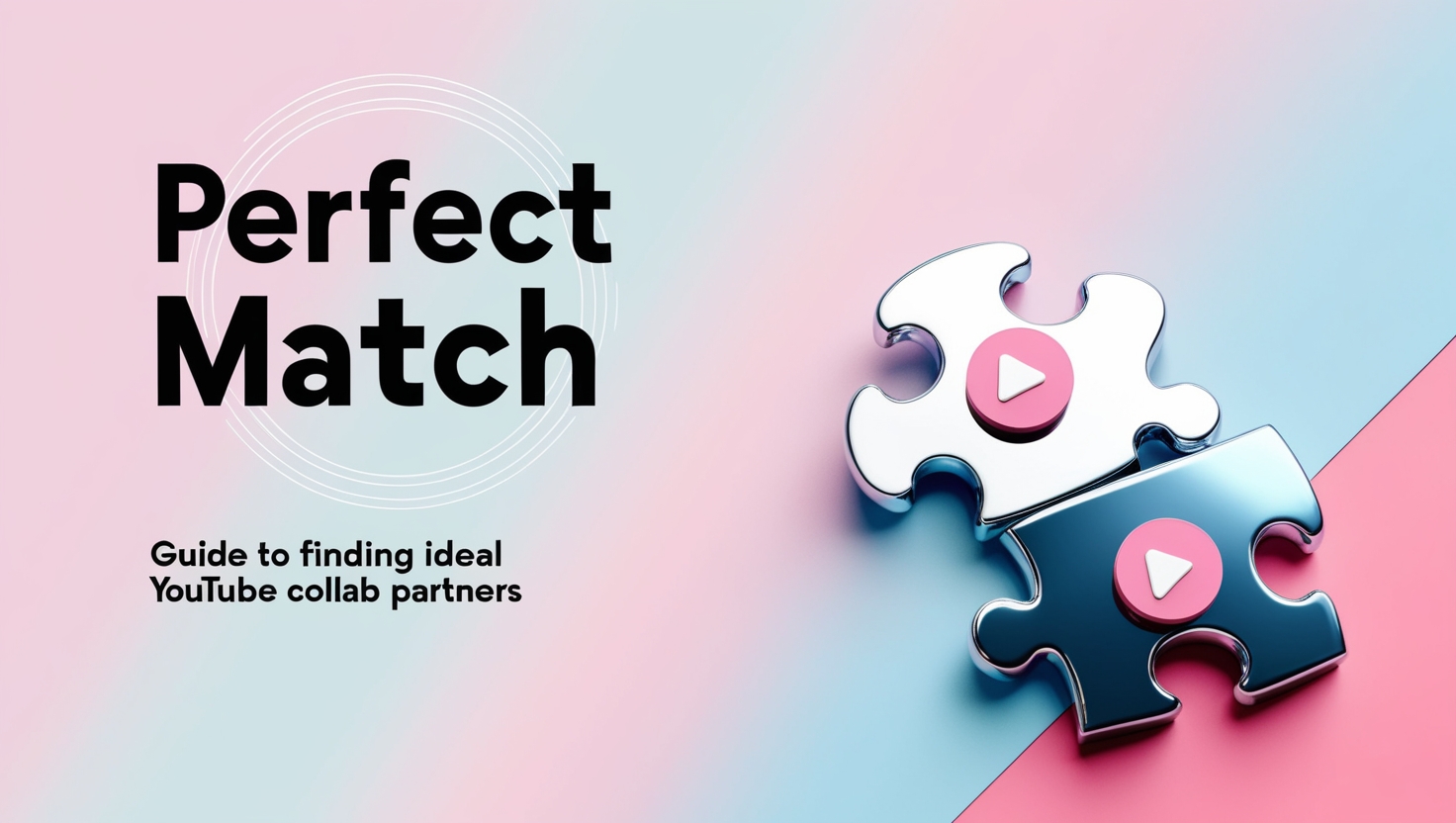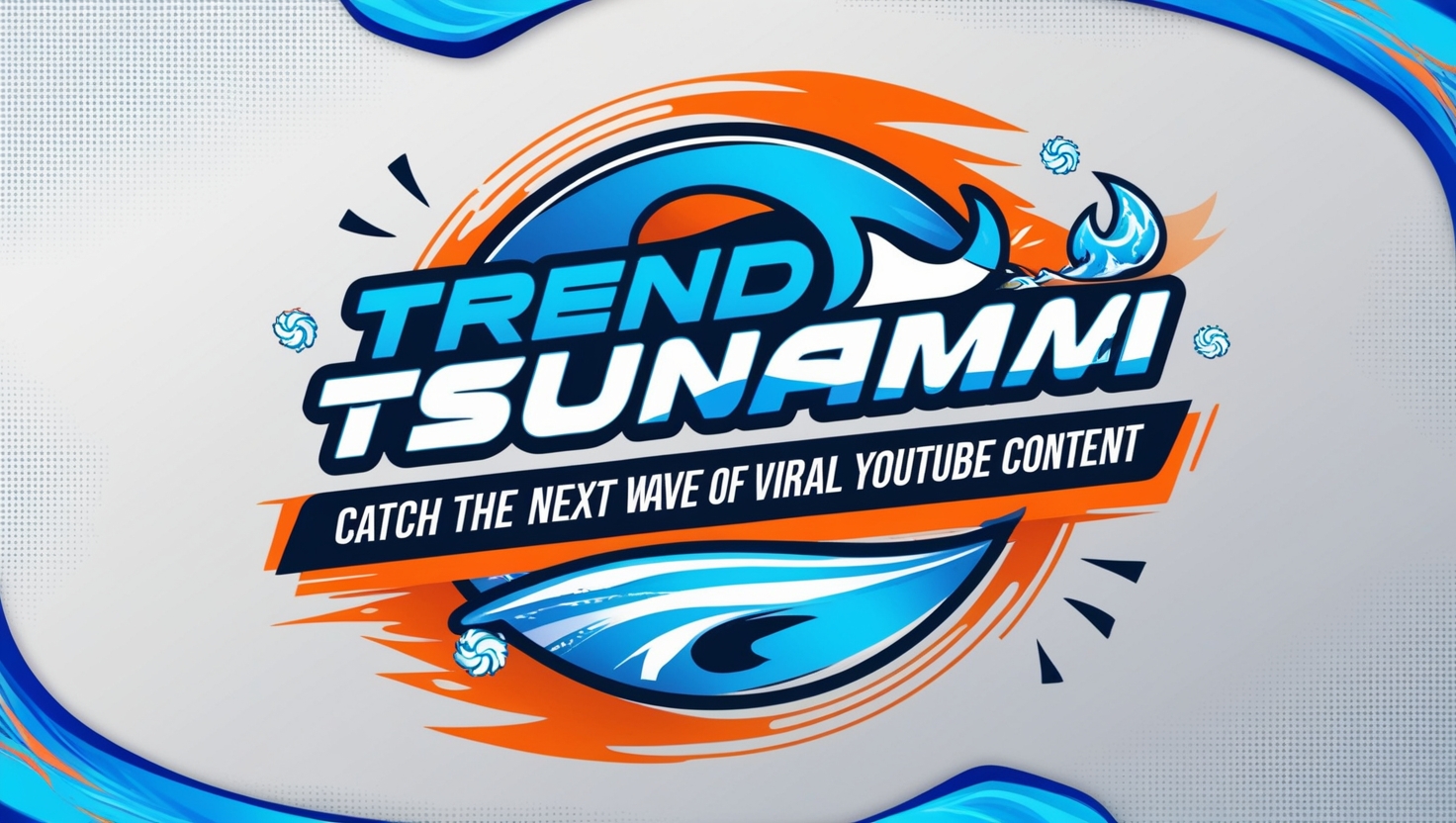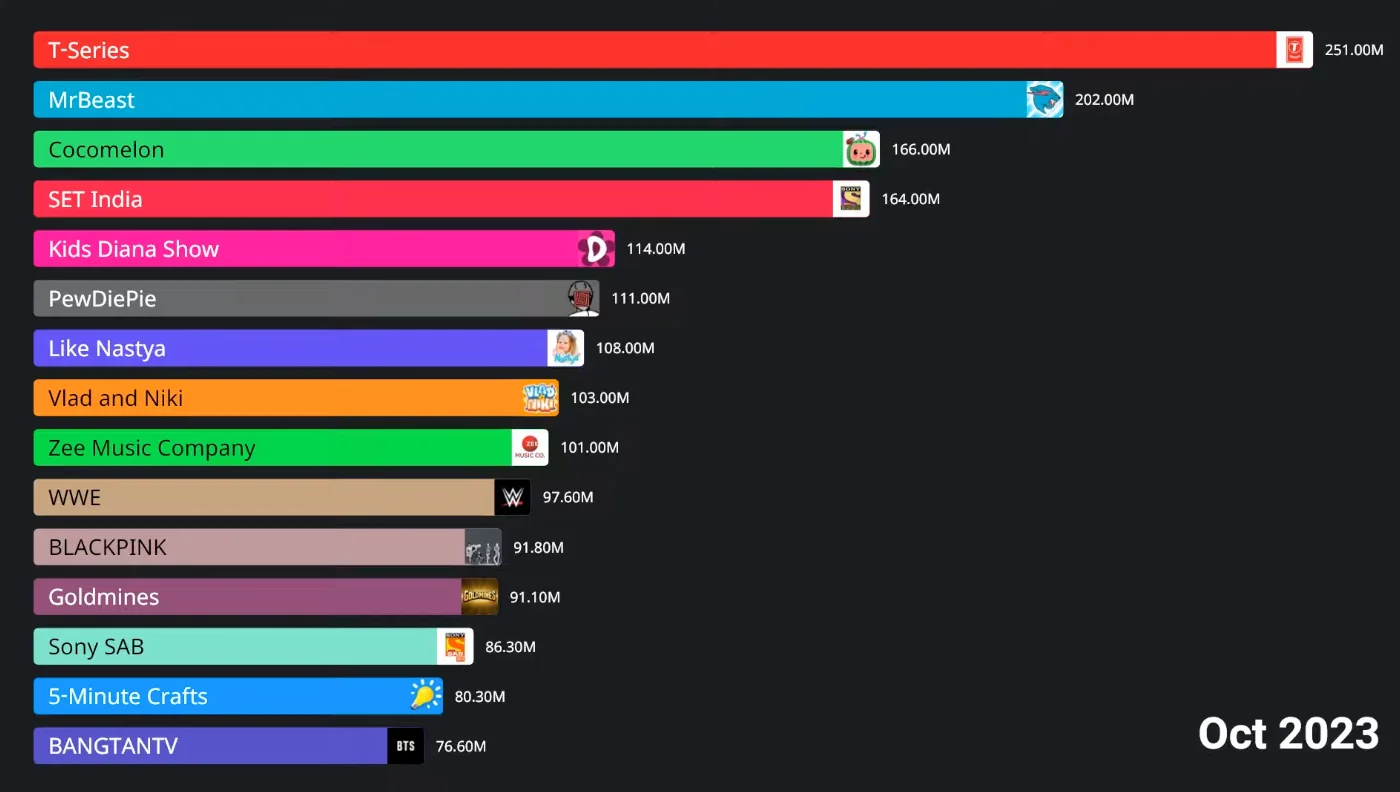In today’s crowded YouTube landscape, collaboration is one of the most effective strategies for growing your channel. Teaming up with other creators allows you to cross-promote content, reach new audiences, and spark creative synergy that can elevate your videos to new heights. However, finding the right collaboration partners is key to maximizing these benefits. In this guide, we’ll dive deep into how to find collab partners for YouTube growth, ensuring that you make connections that enhance your content and expand your audience.
If you’re ready to take your YouTube channel to the next level, understanding the art of collaboration is crucial. The following steps will help you locate, approach, and work with the best collaborators for your YouTube success.
Why Collaboration is Crucial for YouTube Growth
Before we get into how to find collab partners for YouTube growth, it’s important to understand why collaboration is such a powerful growth strategy.
Collaborations help creators in a number of ways:
- Audience Sharing: By working with another creator, you can expose your content to their audience, which can result in a significant subscriber boost.
- Creative Synergy: Collaboration can breathe new life into your channel, allowing you to explore new content formats, topics, or challenges with the help of a partner.
- Increased Credibility: Working with respected creators in your niche can enhance your reputation and position you as an authority in your content area.
- Better Engagement: Collaboration videos often generate higher engagement rates because audiences enjoy seeing their favorite creators work together.
Now that we know why collaboration is so beneficial, let’s explore how to find collab partners for YouTube growth and make your channel thrive.
1. Define Your Channel’s Goals and Niche
Before you start searching for potential collaborators, it’s essential to clearly define your goals and niche. Knowing exactly what kind of content you create and where you want your channel to go will help you find partners that align with your vision.
Ask yourself these questions:
- What is the theme or focus of my channel?
- Who is my target audience?
- What are my short-term and long-term goals for my channel (e.g., subscriber growth, higher engagement, creative experimentation)?
- What types of collaboration would benefit my channel (e.g., challenges, interviews, reviews, tutorials)?
Once you have a clear understanding of your own channel, it becomes much easier to identify creators whose content and audience align with yours. This is the first and most important step in figuring out how to find collab partners for YouTube growth.
2. Look for Creators in Your Niche
The most effective collaborations happen when both creators share similar audiences or interests. For instance, a fitness YouTuber may team up with a nutrition expert, or a beauty vlogger may collaborate with a fashion stylist. When both channels cater to the same demographic, it’s more likely that viewers will subscribe to both after watching the collab video.
To find creators in your niche, start by:
- Using YouTube Search: Search for keywords related to your niche and filter the results to find smaller or mid-sized channels that have a similar subscriber count.
- Browsing Through Social Media: Platforms like Twitter, Instagram, and TikTok are great places to find potential collab partners, especially if they’re active across multiple platforms.
- Joining Creator Communities: Online communities like Reddit, Discord, or Facebook Groups dedicated to YouTubers can help you connect with creators in your space. These communities often host collab discussions or group projects.
- Exploring YouTube Recommendations: YouTube’s algorithm often recommends similar channels in your niche. Pay attention to the recommendations in the sidebar or under videos from creators you admire.
The key is to find creators who complement your content rather than directly compete with it. This way, you can grow together without overlapping too much.
3. Focus on Audience Size and Engagement
When choosing a collaboration partner, it’s essential to consider the size and engagement level of their audience. The goal is to find creators whose audience is similar to yours in size, as well as creators whose content generates active interaction in the form of likes, comments, and shares.
Here’s how to evaluate potential partners based on audience metrics:
- Subscriber Count: While subscriber numbers are important, they shouldn’t be the only factor you consider. It’s often more beneficial to collaborate with someone who has fewer but highly engaged followers rather than someone with a large but passive audience.
- Engagement Rate: Look at how viewers respond to their content. Do they leave comments? Share videos? Ask questions? High engagement means their audience is actively involved, which increases the likelihood that viewers will check out your channel.
- Video Performance: View count is another helpful indicator. Channels that consistently receive good view numbers relative to their subscriber count are likely to have a strong and interested audience.
Finding creators with a similar subscriber base makes the collaboration mutually beneficial. If the gap in subscriber numbers is too wide, the partnership may feel unbalanced.
4. Make the First Move: How to Reach Out to Potential Partners
Once you’ve identified potential collaborators, the next step is to reach out to them. You want to approach potential partners in a way that shows mutual respect, genuine interest, and a clear benefit for both sides.
Here’s how to craft an effective collaboration pitch:
- Do Your Research: Before reaching out, watch their videos, read their comments, and understand their content style. This allows you to personalize your message and show that you’ve invested time in getting to know their channel.
- Keep it Professional Yet Friendly: Introduce yourself and your channel, explain why you admire their work, and mention why you think a collaboration would be beneficial for both parties.
- Propose a Specific Idea: Instead of sending a vague “let’s collab” message, suggest a specific collaboration idea that fits both of your channels. For example, if you run a cooking channel, propose filming a recipe challenge together or a guest appearance on each other’s cooking shows.
- Highlight Mutual Benefits: Clearly state how the collaboration will benefit both parties. Mention audience crossover, potential video ideas, and any cross-promotional opportunities.
Here’s a sample outreach message:
Subject: Collaboration Idea for Our Channels!
Hi [Name],
I’ve been following your channel for a while, and I love your [mention something specific about their content]. I think your [niche] content would resonate with my audience as well. I run a [describe your channel briefly], and I believe we could create some really fun and engaging content together.
I had an idea for a collab where we [describe your specific idea], and I think our viewers would love it. Would you be interested in discussing this further? I’d be happy to work out the details and share ideas!
Looking forward to hearing your thoughts!
Best,
[Your Name]
5. Leverage Social Media and Collaboration Platforms
In addition to directly reaching out to creators, you can use social media and collaboration platforms to discover and connect with potential partners. Here are a few ways to expand your search:
- Collaborative YouTube Groups: Some platforms, such as Reddit’s r/NewTubers, are dedicated to helping smaller creators connect for collaborations. Joining these groups can help you network with creators who are actively seeking partnerships.
- Instagram and Twitter Hashtags: Use hashtags like #YouTubeCollab or #SmallYouTuber to find other creators looking for collaboration opportunities. Engaging with these hashtags can open doors to new partnerships.
- Collab Platforms: Websites such as Collab.Space or Grapevine offer services where creators can connect with others looking for collaboration projects. These platforms are designed specifically for YouTubers who want to collaborate for growth.
6. Build Long-Term Partnerships
While one-off collaborations are great for growth, building long-term partnerships with other creators can be even more beneficial. Regular collaborations with the same partner or a small group of creators can lead to deeper relationships, more consistent content, and stronger audience crossover.
Some ways to build long-term partnerships include:
- Creating a Series: Collaborate on a regular video series where you and your partner tackle different topics each time.
- Guest Appearances: Regularly feature each other on your channels in guest appearances.
- Co-hosting Events or Projects: Team up for challenges, fundraisers, or community events that engage both of your audiences.
Conclusion: Collaboration is the Key to YouTube Growth
Collaboration is one of the most effective strategies for building an audience, increasing engagement, and adding variety to your content. By following the steps in this guide, you’ll be well on your way to learning how to find collab partners for YouTube growth. Remember to focus on finding partners whose content aligns with yours, maintain professionalism in your outreach, and build partnerships that will benefit both parties. With the right strategy, collaborations can unlock new opportunities and take your YouTube channel to the next level.




